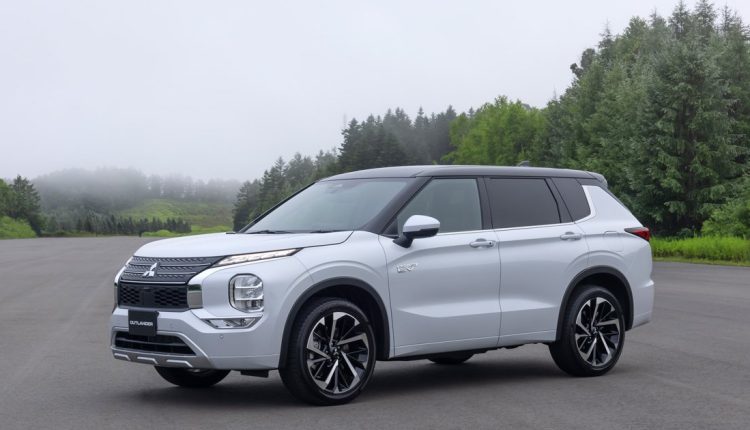ANN ARBOR, Mich. — The redesigned Mitsubishi Outlander and its about-to-arrive plug-in hybrid variant are more than an infusion of new blood into an anemic product lineup of just four nameplates for the Japanese automaker.
The midsize crossovers are billed as a launch pad to propel Mitsubishi beyond its low six-digit annual volumes and bargain-brand status.
At a media event here last week, Mitsubishi Motors North America CEO Mark Chaffin teased a product-led “evolution” that he vowed will lift consumer perceptions.
“We’re leaning into the key features that differentiate us — Super-All Wheel Control, PHEV technology,” Chaffin said. “Before, we were a bit deal-focused, incentive-focused. We’re never going back there.”
The combustion engine Outlander, which was redesigned last year, is off to a rousing start. Mitsubishi was among the fastest-growing nonpremium brands in the U.S. last year, with sales up 17 percent from 2020.
Expectations are high for the next-gen Outlander PHEV, which arrives in late November.
Within the next two years, plug-in hybrids could account for 20 percent of total Outlander sales, Chaffin said.
“That’s a huge shift for us — we’re talking nearly eight times [the Outlander PHEV’s] 2021 sales volume,” he said.
The 2023 Outlander PHEV, which shares a new platform with its nonhybrid sibling, is bigger, bolder and packs more punch than the outgoing version. The second-generation model dials up its zero-emission driving range and features an updated version of Mitsubishi’s plug-in hybrid technology and all-wheel-drive system.
“It is the most advanced, technological and best-equipped vehicle we’ve produced,” Chaffin said.


